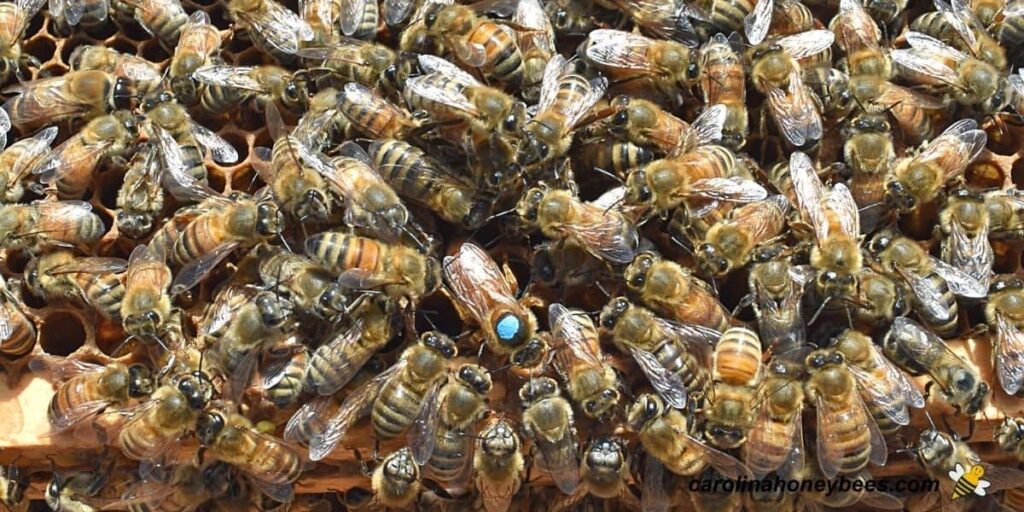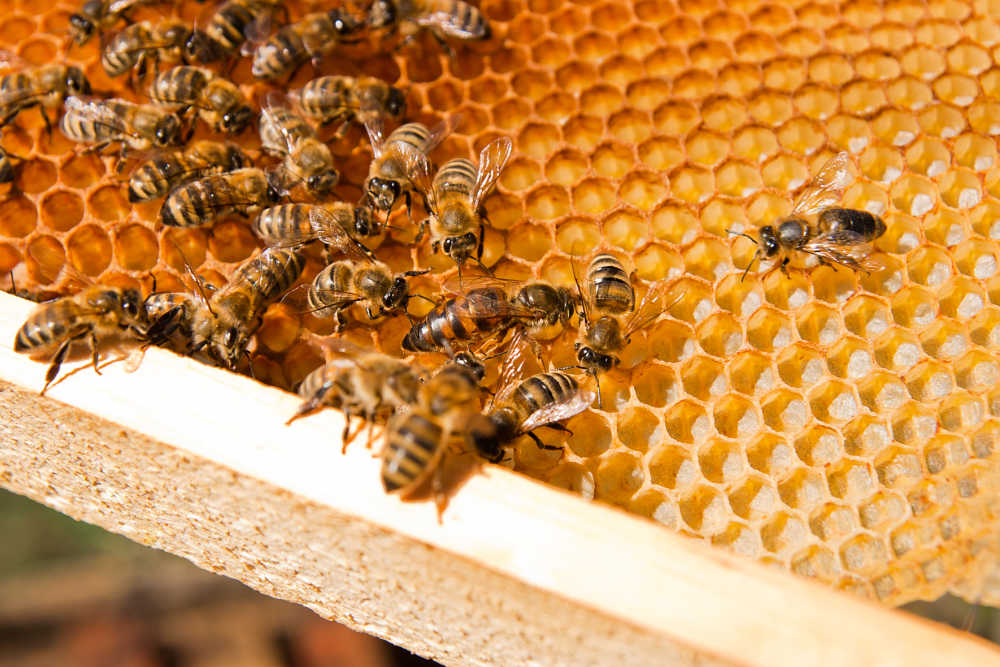
You’ve heard of the queen bee, but do you truly understand her vital role and the duties she carries out in the hive? In this article, we will uncover the fascinating world of the hive’s monarch and delve into the essential tasks she performs to ensure the survival and success of the entire colony. From her reproductive duties to maintaining harmony within the hive, the queen bee plays a crucial part in the intricate web of bee society. Let’s explore the intriguing world of Queen Bee Royalty!
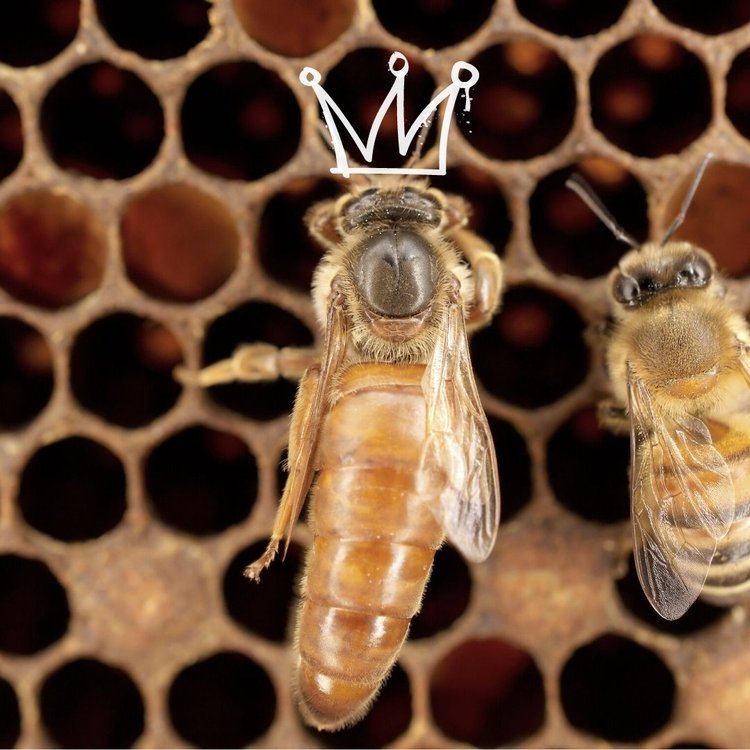
The Importance of the Queen Bee
The Central Role in the Bee Colony
In the complex society of a bee colony, the queen bee plays a vital and central role. She is the heart and soul of the hive, responsible for the reproduction and continuity of the entire colony. Without a queen bee, the hive would cease to exist as we know it. So, let’s delve deeper into the fascinating world of the queen bee and explore the various aspects of her life and responsibilities.
Reproduction and Continuity
The queen bee is solely responsible for the continuity of the hive. Her primary duty is to lay eggs, ensuring the survival and growth of the colony. Remarkably, a queen bee can lay up to 2,000 eggs in a single day, a feat that showcases her immense dedication to her role. Without her constant egg-laying, the hive population would dwindle, and eventually, the colony would perish.
The Success of the Hive
The presence of a healthy and productive queen bee is essential for the success of the hive. With her ability to lay thousands of eggs, she ensures a stable and strong population of worker bees. These worker bees play various roles such as foraging, caring for the brood, and maintaining the hive’s infrastructure. Without a thriving population of workers, the hive’s productivity would decline, jeopardizing its survival.
Life Stages and Development
The Queen Bee’s Birth
Every queen bee has a humble beginning. She is born from a specially selected egg that is nurtured in a unique cell known as a queen cell. The workers provide royal jelly, a nutrient-rich secretion, to the developing queen larva. This royal jelly triggers a cascade of physiological changes, transforming her into the future queen bee.
The Nurturing Phases
During her larval stage, the young queen bee is under constant care and attention from the worker bees. They meticulously groom her, ensuring she remains clean and healthy. Additionally, they feed her royal jelly exclusively, providing the necessary nutrients for her growth and development. This special treatment sets her apart from the other worker bee larvae and prepares her for her future responsibilities.
Maturation and Mating
Once fully developed, the queen bee embarks on her maiden flight. During this flight, she mates with multiple drones from other colonies. These drones die shortly after mating, while the queen bee stores the collected sperm in a special organ called the spermatheca. This single mating event provides her with enough sperm to fertilize eggs for the rest of her life, ensuring the genetic diversity of the colony.
Physical Characteristics and Identification
Size and Appearance
The queen bee possesses a distinct physical appearance that sets her apart from the worker bees. She is significantly larger, measuring around 20-25% longer than the average worker bee. Her elongated abdomen is also more pronounced, making her easily identifiable.
Distinguishing the Queen Bee
Apart from her size, the queen bee can be distinguished by her physique and behavior. She has a graceful and regal presence, exuding an air of authority. When surrounded by worker bees, she is given ample space and respect, highlighting her importance within the colony.
Marking the Queen Bee
To aid beekeepers in identifying the queen bee during hive inspections, beekeepers may choose to mark her with a small dot of non-toxic paint or a numbered marker. This marking further simplifies the process of locating and monitoring the queen’s activities.
The Queen Bee’s Chemical Signaling
Pheromones and Communication
One of the queen bee’s most important roles is through chemical signaling using pheromones. She produces a variety of pheromones that play a crucial role in hive communication. These chemical signals help regulate the behavior of the worker bees, ensuring they stay organized and focused on their tasks.
Regulating Hive Behavior
Through her pheromones, the queen bee is capable of influencing the behavior of the entire hive. For example, she releases a pheromone known as the “queen substance” that suppresses the development of ovaries in the worker bees, preventing them from reproducing. This control ensures that the queen remains the sole reproductive member, maintaining the efficiency and harmony of the hive.
Influencing Worker Bees
In addition to reproductive control, the queen bee’s pheromones also influence other aspects of worker bee behavior. For instance, the “queen mandibular pheromone” fosters a sense of unity and cohesion within the hive. It encourages the worker bees to work together harmoniously and motivates them to protect and care for their queen and the colony as a whole.
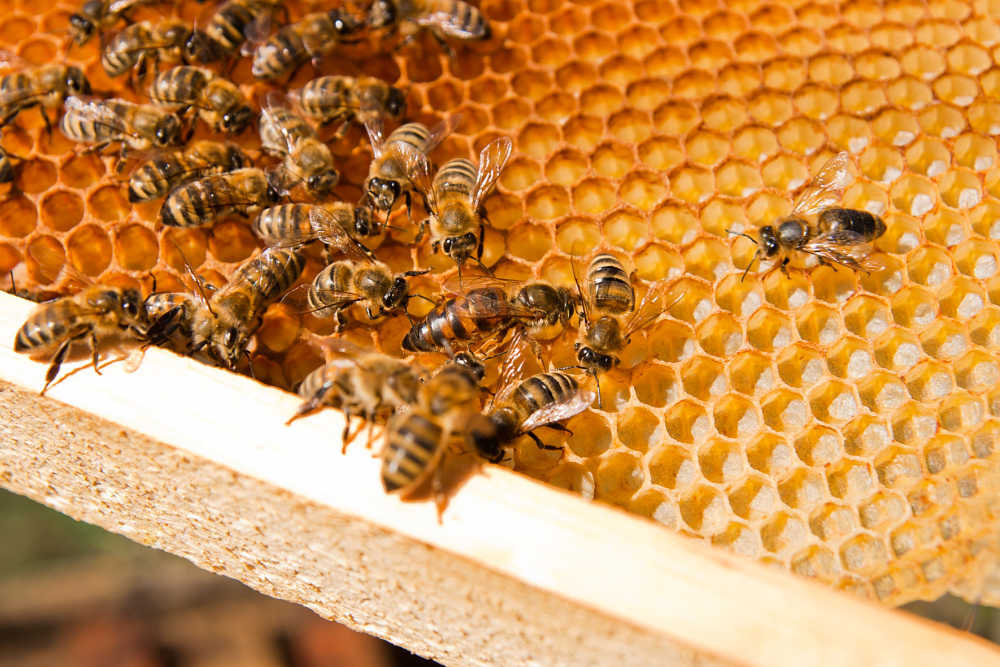
Reproductive Control and Egg-Laying
Exclusive Egg-Laying Duty
The queen bee has absolute authority over reproductive duties within the hive. She is the only bee capable of laying fertilized eggs, which will develop into female worker bees or new queens, depending on the conditions and needs of the hive. This exclusive egg-laying role ensures her genetic lineage and control over the hive’s future.
Controlling Reproductive Competitors
To maintain her dominance and reproductive control, the queen bee employs aggressive measures. She seeks out and destroys potential reproductive competitors within the hive, eliminating their chances of laying eggs. This strategic action prevents the emergence of rival queens and ensures her continued reign as the colony’s matriarch.
Determining the Hive’s Future
The queen bee’s ability to control the reproductive destiny of the hive is pivotal to its long-term viability. By selectively laying eggs and influencing the development of new queens, she ensures the hive’s succession planning and adaptation to changing circumstances. Her role in shaping the hive’s future cannot be overstated.
Worker Bees’ Response to the Queen
Nurturing and Feeding the Queen
The worker bees hold great respect for their queen and cater to her every need. Nurse bees, in particular, tend to the queen’s nutritional requirements by feeding her royal jelly throughout her life. This high-protein diet sustains her longevity and ensures her ability to fulfill her crucial role within the colony.
Attendants and Caregivers
The queen bee is constantly surrounded by a court of worker attendants. These attendants groom, clean, and attend to her needs, ensuring her physical well-being. They also create a safe and secure environment for her, shielding her from potential threats or disturbances.
The Queen’s Court
Within the hive, the queen bee holds a regal court. Worker bees surround her, creating a warm cluster that nurtures her and maintains a consistent temperature. This royal court not only serves to protect and care for the queen but also fosters social cohesion within the hive, reinforcing the hierarchy and stability of the colony.
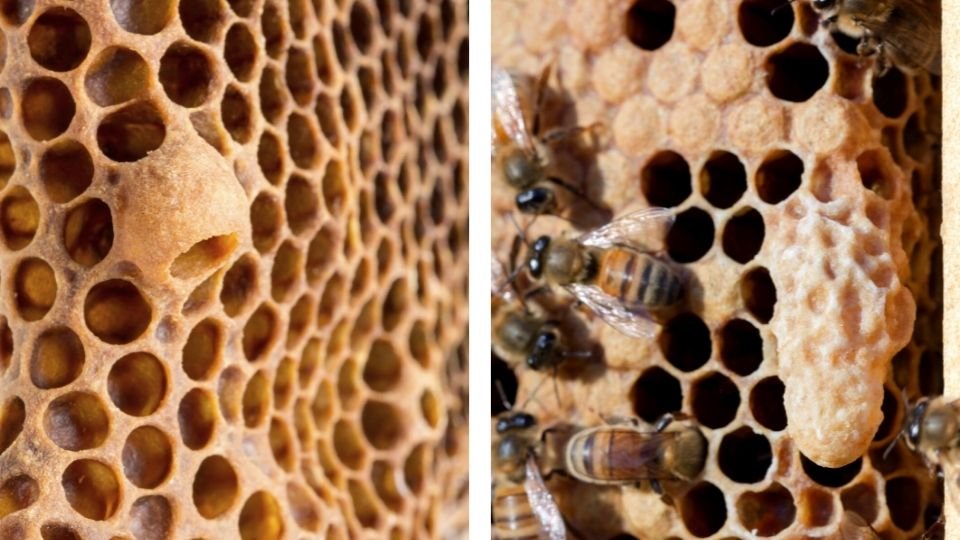
Swarming and Supersedure
Swarming as a Natural Phenomenon
Swarming is a natural behavior of honeybees and serves as a means of colony reproduction. When conditions are favorable, the queen bee, along with a portion of the worker bees, leaves the hive to establish a new colony. Swarming plays a crucial role in the expansion and survival of honeybee populations.
The Queen Bee’s Role in Swarming
During a swarm, the queen bee leads the way, often located at the center of the swarm cluster. She is responsible for guiding and attracting worker bees to the new location. Once the new colony is established, the queen resumes her egg-laying duties, initiating the growth and establishment of the new hive.
Supersedure: Replacing an Existing Queen
Supersedure occurs when the worker bees sense that the existing queen’s reproductive capacity is declining or that her health is deteriorating. In response, the colony will create emergency queen cells where new queens are reared to replace the failing queen. This process ensures the continuous survival and productivity of the hive.
Queen Bee Lifespan and Retirement
Typical Lifespan of a Queen Bee
The lifespan of a queen bee can vary depending on factors such as genetics, environmental conditions, and her physical health. On average, a queen bee can live for two to five years. However, some exceptional queens have been known to reign for even longer, surpassing the norm.
Factors Affecting Longevity
Several factors can impact the lifespan of a queen bee. Genetics, in particular, play a significant role, as queen bees with strong genetic traits tend to live longer and exhibit superior reproductive capabilities. Environmental factors, such as access to food and a disease-free habitat, also contribute to a queen bee’s longevity and overall health.
Succession Planning
As a queen bee nears the end of her lifespan or shows signs of declining fertility, the hive begins the process of succession planning. The worker bees will rear new queens, ensuring a seamless transition when the time comes to replace the aging queen. This careful planning ensures the continued prosperity of the hive.
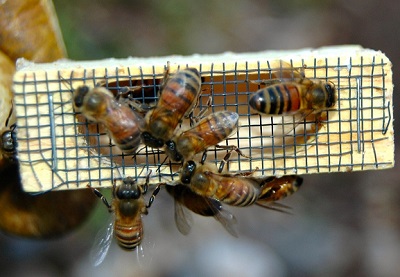
Queen Bee Breeding and Queen Rearing
Selective Breeding for Quality Traits
Beekeepers often engage in selective breeding to produce queens with desirable traits. This involves selectively mating queen bees from colonies that exhibit specific characteristics, such as disease resistance, productivity, or gentle temperament. By breeding queens with favorable traits, beekeepers can enhance the overall quality and performance of their colonies.
Efficient Queen Rearing Techniques
To rear queens efficiently, beekeepers may employ various techniques, such as grafting or using queen cups. These methods allow beekeepers to control the rearing process and produce a greater number of viable queen bees. By implementing efficient queen rearing techniques, beekeepers can meet the demand for queen bees, both for their own hives and for other beekeepers.
The Importance of Genetics
Genetics play a crucial role in the development of queen bees. The combination of genetic traits determines the queen’s physical attributes, reproductive abilities, and overall resilience. By breeding queen bees with strong genetics, beekeepers can cultivate hives that are well-adapted to their local environment and possess the traits necessary for success.
The Loss of the Queen
Impact on the Hive
The loss of a queen bee can have a significant impact on the entire hive. Without a queen to lay eggs, the hive population will dwindle, causing a decline in productivity and growth. The absence of the queen’s pheromones can also disrupt the hive’s social structure, leading to confusion and disarray among the worker bees.
Emergency Queen Cells
In response to the loss of their queen, worker bees can create emergency queen cells. These cells house larvae that are selected to become potential new queens. The worker bees nurture and feed these larvae with royal jelly, enabling them to develop into new queens. The emergence of a new queen restores order and stability to the hive.
Recovering and Establishing a New Queen
To reestablish a thriving hive, beekeepers can introduce a new queen bee from an outside source or rely on the emergency queen cells created by the worker bees. Either way, the introduction of a queen revitalizes the colony, ensuring the continuation of honey production and the preservation of the hive.
In conclusion, the queen bee’s vital role within a beehive cannot be overstated. From her prominent physical characteristics to her essential responsibilities in reproduction, communication, and hive management, the queen bee is the backbone of the entire colony. Without her presence and influence, the hive’s productivity and survival would be severely compromised. So, the next time you see a bee buzzing around, remember to appreciate the importance of the queen bee and the remarkable world she governs.
